Dressage Principles and Techniques: A blueprint for the serious rider by Major Miguel de Lancastre e Tavora
$40.00
1 in stock
Product Description
(Hardcover Collector’s Edition)
The magnum opus of the the late, Major Miguel de Lancastre e Tavora a.k.a. Miguel Tavora
Miguel de Lancastre e Tavora was a master rider, trainer, and instructor. His genuine love and care for the well-being of horses comes through on every page of his magnum opus: Dressage Principles and Techniques. His kind, calm, and methodical approach is laid out in a progressive sequence that adheres strictly to the principles of the FEI.
“In this book, I will explain the principles which are the objectives of equitation…. Correct principles are governed by nature and logic and proven through practice. I show how to use the aids and gymnastic exercises to achieve goals. Objectivity, simplicity and clarity of all explanations is my first priority. “My philosophy is that the horse’s physical and mental development, obtained through gradual, progressive, logical, and systematic gymnastic work, he will do all work with ease because he feels comfortable. He will look as if he is acting on his own accord, and enjoying it.” – Miguel Tavora
Miguel Tavora rode with Nuno Oliveira from the age of eight years until he was eighteen. After his military training, he was appointed as Chief Instructor and Director of Equestrian Teaching of the Mafra School in Portugal. Miguel migrated to Australia, where he and his wife Dianne ran their equestrian center. He trained numerous horses and riders in Australia, Portugal, and the USA to FEI level. Many of his students competed successfully at Grand Prix Level, proving that correct training can produce winners.
Chris Hector speaks of his lessons with Miguel Tavora (quoted from his introduction):
“This is a work book, a blueprint for the serious rider. After the training sessions I had with Miguel—when I was back home riding, I suddenly had a whole new vocabulary of school movements, of techniques to apply.
“Just as every training session with Miguel developed gently, logically, each step, each exercise building on the last, so too this work. I know of no other book in the English language that provides such sophisticated and detailed prescriptions for horse and rider as they move to the ultimate goal: collection, and horse and rider as one.
“So much of the ‘dressage’ we see in the competition ring is distressing to watch. Riders leaning back, rudely, crudely pushing their horses into hard and unyielding hands. Is it any wonder that their horses go hollow, shorten behind, and wave their front legs in an extravagant manner that fools only the ignorant? Sadly, this group includes a number of five-star international judges.
“What I find so puzzling is that this style of training not only produces such a sorry result, but it is so taxing on both horse and rider. The rider must ride the whole time in a state of tension, to balance the tension he has provoked in the horse. It is oh-so-different when I watch Miguel work with one of his talented pupils. Here the rider is relaxed and soft and the horse willingly gives his back. As the exercises progress, the horse and rider move into a balance that is as beautiful as it is functional.
“Do yourself and your horse a favour. Study this book. Use it as your day-to-day guide. I promise it will reward you and your horse many times over.”
Miguel de Lancastre e Tavora (Abrantes) was born in Portugal, son of the ninth Marquis and Marchioness of Abrantes. He started riding with Nuno Oliveira at eight years of age. He rode with Nuno until he was 18 years old, at which time he attended the Military Academy.
In his military career, he completed the Course of Instructors and later the Course of Masters at the Portuguese Military Riding Academy of Mafra (CMEFED) and competed in eventing, show jumping and dressage. He was later appointed as the Director de Ensino de Equitação, (Chief Instructor and the Director of Equestrian Teaching) of the Mafra School.
On retiring from the army, Nuno Oliveira arranged for Miguel to migrate to Australia, where with his wife Dianne they run their own equestrian centre (M & D Tavora School of Equitation). Miguel is a NCAS Level III Instructor (dressage specialist) which is the highest level in Australia. He trained numerous horses himself, and horses and riders in Australia and in the USA to FEI level–many competing at Grand Prix Level–and conducts regular clinics in Australia, the USA and Portugal.
His upbringing may have been in the Iberian tradition, but his ‘bible’ was The Gymnasium of the Horse by the German master, Steinbrecht. While he revels in the artistic dimension of dressage, he is equally intent on producing competitive riders at the highest level, using the classical principles–and his pupils have shown that correct training can also be winning training.
Miguel wrote equestrian articles for The Horse magazine in Australia, and the Portuguese magazine Equitação. He published his first Equestrian book, Conceitos Equestres, in his home country, Portugal. This English language version is soon to be available.
Table of Contents
Publisher’s Introduction
Foreword
Acknowledgments
Prologue
Chapter 1: The Horse and the Philosophy of Training
Chapter 2: The Rider’s Position and Aids
Chapter 3: The Training Scale
Chapter 4: Relaxation and Rhythm
Chapter 5: Balance
Chapter 6: Impulsion
Chapter 7: Contact
Chapter 8: Straightness
Chapter 9: Lightness
Chapter 10: Self-carriage
Chapter 11: Submission and Control
Chapter 12: Collection
Chapter 13: Work on the Longe
Techniques for Correct Lungeing
Chapter 14: Work in Hand
Chapter 15: Familiarisation and First Phase of Training
Chapter 16: Seeking Collection through Lateral Work – Part I
Chapter 17: Seeking Collection through Lateral Work – Part II
Chapter 18: Seeking Collection through Lateral Work – Part III
Chapter 19: Flying Changes
Chapter 20: Flying Changes in Sequence
Chapter 21: Counter Changes of Hand
Chapter 22: Canter Pirouettes
Chapter 23: Piaffer and Passage
In Conclusion
References
Biography
1 review for Dressage Principles and Techniques: A blueprint for the serious rider by Major Miguel de Lancastre e Tavora
Add a review Cancel reply
You must be logged in to post a review.
Related products
Historical
Historical
Historical


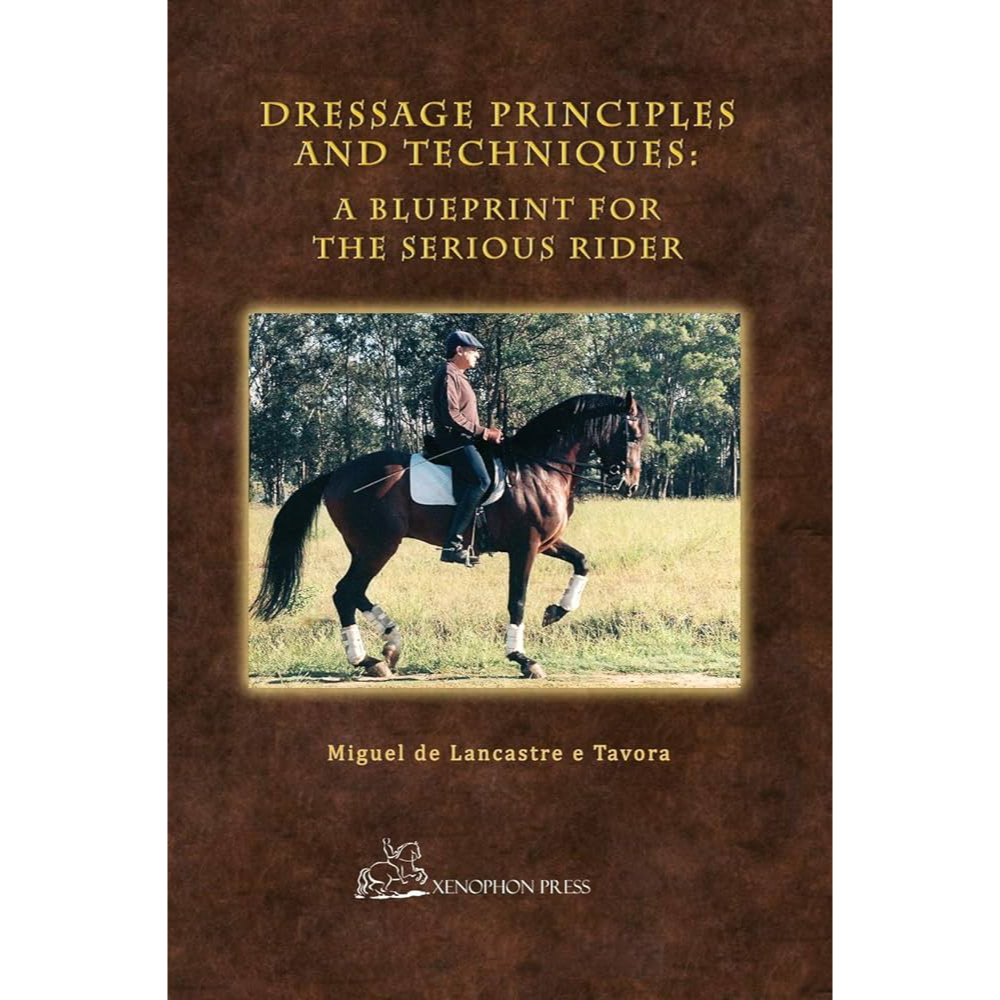
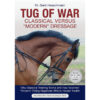
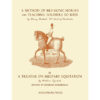
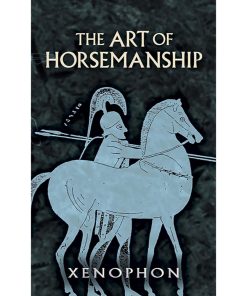
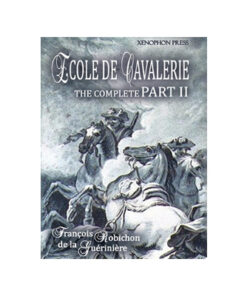
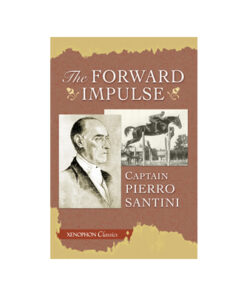

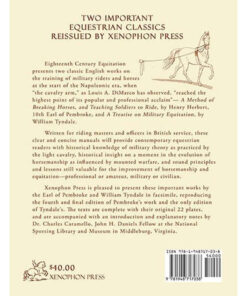

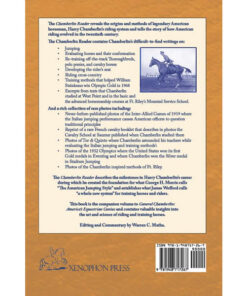
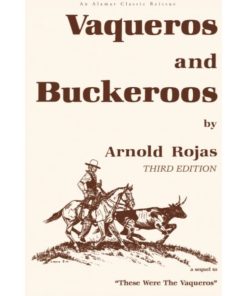



bantamriver –
Not a casual read, but if you are serious about improving your riding and horsemanship, this is a must have for the bookshelf. A comprehensive review of the gymnastic movements, the how and why of performing them correctly.